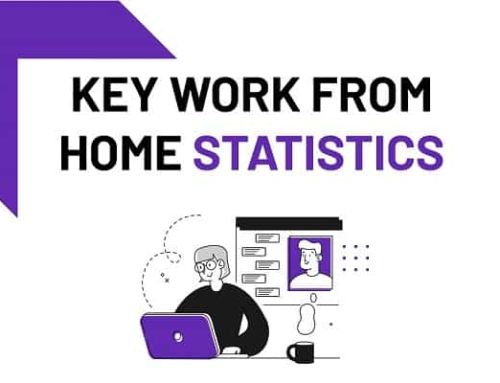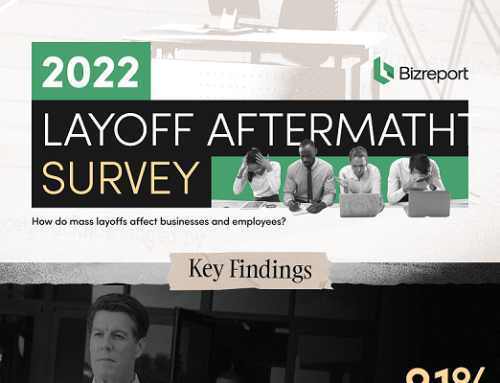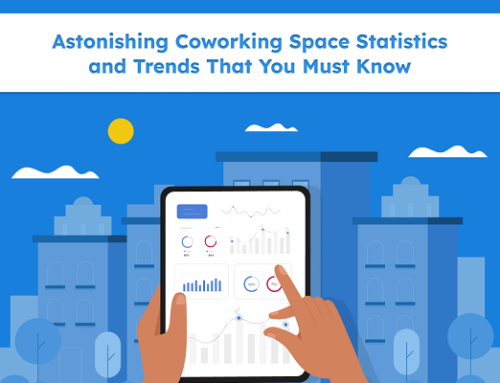Unfortunately, we’re all guilty of wasting time at work in some way or another. The reality is wasting time at work is commonplace, with time being spent on Facebook alone costing the UK economy £25 billion, and with 35% of people spending more than an hour on the site alone every day.
After all, time is money, and time wasting at work is costing businesses and the economy as a whole a lot of money, day in, day out. So what can you do to help reduce the amount of time that is wasted at your workplace?
Meetings
Are you aware of just how much time you and those your work with spend in meetings? It’s estimated that a middle manager can spend up to 35% of their time in meetings, promotion to upper management can mean that figure rises to a whopping 50%!
Also read: The Why’s and How’s of Walking Meetings
The scariest statistic, however, is that 90% of people daydream during meetings, a worrying figure when you think about your staff’s productivity levels… Does that mean meetings are useless and we should ban them completely? Not at all! But one of the biggest ways to reduce time wasting at work is to ask yourself:
- Is the meeting you’re arranging really that necessary?
- Are the right people (and only them) involved in it?
- Are you keeping a tight schedule with all parties knowing the agenda?
Social Media
BYOD or bring your own device is here to stay and with that so is an influx of mobile phones into the workplace. The constant temptation of having a phone nearby can prove to be just too much for some with 35% of people spending more than an hour of their work time on Facebook every day. The impact of this? £824 wasted per employee, if you’re managing 50 employees that means £41,200 per year and that’s ignoring other social media channels like Instagram, Twitter and even LinkedIn.
An easy solution is to enforce a no-notifications policy making the appeal of a quick scroll through a news feed that bit less tempting.
Environmental Distractions
We all know the importance of a good working environment on our quality of output, but the smaller details of the environment are often forgotten about. The average employee wastes 759 hours per year dealing with small, environmental inconveniences and distractions.
Also read: Creating An Inspiring Work Environment
Noisy workplaces can be hard to deal with but try creating quiet areas for your employees to work in if it’s impossible for your main office to remain quiet. Temperature can also be a contentious subject with individual preferences dictating how warm, or cold the office should be.
Personally, I’d recommend roughly 25°C and you can offer portable heaters for those who want a warmer environment and desk fans for those who may say it’s too hot.
A final distraction that is hard to deny is the impact of office chairs. Whilst there are mandatory guidelines offices should meet individual preferences are very prevalent, the best way to resolve this problem is to ask your employees for feedback. Some may prefer a more supportive seat, others less so.
Emails
Ah the banes of our lives, right? Emails tend to take up 50% of all employee’s time and only roughly 14% are actually necessary for work, the result of this? A lot of time, thus money wasted on constant back and forth and email chains.
The best way to resolve this is often to implement an office chat software so internal, inter-department emails can be greatly cut down on and time saved.
IT Issues
Technology, we both love and hate it and although technology issues can waste up to 5.5 days of work per year (just due to slow computers!) we really can’t live without it.
The main takeaways are to keep all operating systems up to date, have a very good anti-virus and computer protection system put in place and have spare hardware available for if the worse was to happen to an employees tech.
I’d even say a piece of tech that should be implemented in most workplaces is some variety of cloud-based, SaaS employee management system. This will not only help keep track of employee’s time but help with a variety of other functions of HR such as keeping track of payroll.
![[Infographic] Wasting Time At Work](https://149362086.v2.pressablecdn.com/wp-content/uploads/2018/05/Infographic-Wasting-Time-At-Work.png)





Leave A Comment